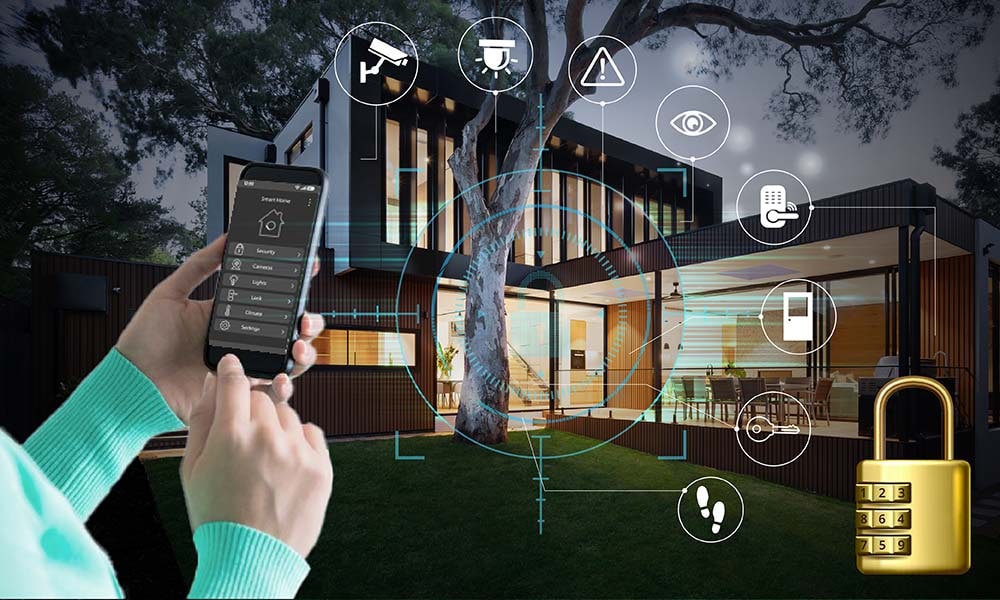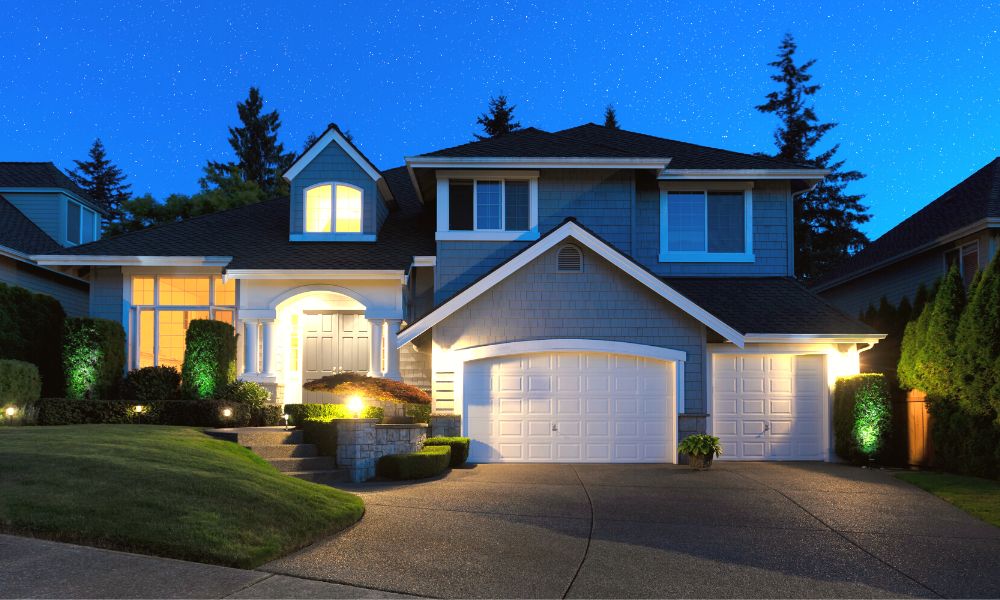
Neighborhood Watch programs and community safety initiatives play a crucial role in fostering a secure environment for residents. These programs empower individuals to take an active role in safeguarding their neighborhoods, promoting a sense of unity and collective responsibility. By working together, neighbors can effectively deter crime, enhance safety, and build stronger communities. In this article, we will explore the importance of Neighborhood Watch and other community safety initiatives, and how they can be implemented to create a secure environment for all.
The Basics of Neighborhood Watch
Neighborhood Watch is a crime prevention program that encourages residents to collaborate with local law enforcement agencies. The program works by establishing a network of vigilant community members who keep an eye out for suspicious activities and report them to the authorities. This proactive approach not only helps prevent crimes but also builds a sense of trust and solidarity among neighbors.
Neighborhood Watch groups typically organize regular meetings where residents can learn about crime trends, prevention strategies, and effective communication techniques. These meetings provide an opportunity for neighbors to get to know one another and establish a support system within the community.
Benefits of Neighborhood Watch
Implementing a Neighborhood Watch program offers numerous benefits to communities:
- Crime Deterrence: The presence of vigilant neighbors and increased surveillance acts as a deterrent to potential criminals. Knowing that a community is actively watching out for suspicious activities makes it less attractive for criminal activities.
- Improved Communication: Neighborhood Watch programs foster effective communication among residents, law enforcement agencies, and community leaders. This open line of communication ensures that information about potential threats or concerns reaches the appropriate authorities promptly.
- Stronger Community Bonds: Neighborhood Watch initiatives bring neighbors together, fostering a sense of unity and collective responsibility. By working towards a common goal of community safety, residents build stronger bonds and develop a shared identity.
- Quick Response: With a vigilant community and effective communication channels in place, residents can respond quickly to emergencies, minimizing the potential damage and ensuring the safety of all members.
- Increased Property Value: Neighborhoods with active Neighborhood Watch programs often experience an increase in property values. The enhanced safety and security make these communities more appealing to potential homebuyers, resulting in a positive impact on property values.
Implementing Community Safety Initiatives
Neighborhood Watch is just one aspect of community safety initiatives. Here are some additional steps communities can take to create a secure environment:
- Education and Awareness: Educate community members about crime prevention strategies, such as home security measures, personal safety tips, and recognizing signs of suspicious activities.
- Collaboration with Law Enforcement: Establish a strong partnership with local law enforcement agencies to ensure effective coordination and support. This collaboration can involve regular meetings, joint training sessions, and sharing of information.
- Community Beautification: A well-maintained and attractive neighborhood tends to discourage criminal activities. Encourage community members to take pride in their surroundings by organizing clean-up days, planting trees, and maintaining public spaces.
- Security Measures: Promote the installation of security cameras, proper lighting, and alarm systems in residences and common areas. These measures act as additional deterrents and aid in identifying potential criminals.
- Emergency Preparedness: Organize workshops and training sessions to educate residents about emergency preparedness, including first aid, evacuation plans, and disaster response strategies.
By implementing these community safety initiatives and encouraging active participation from residents, neighborhoods can create a secure environment that promotes peace, unity, and a higher quality of life for all.




